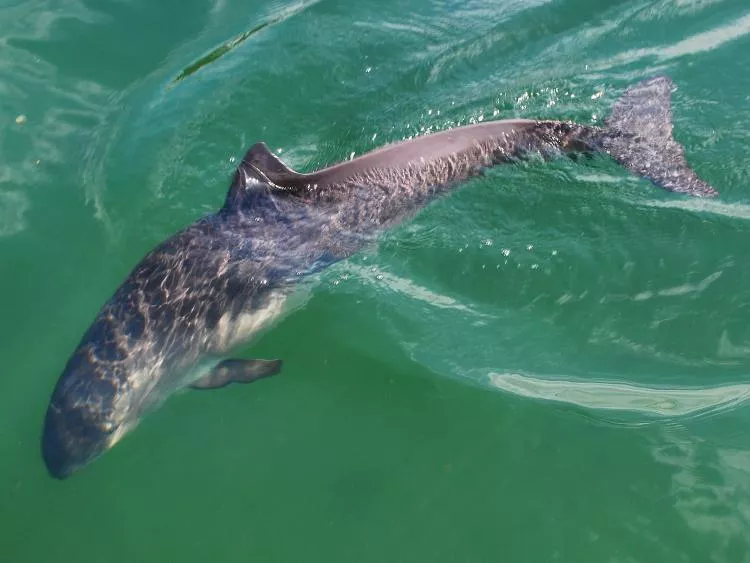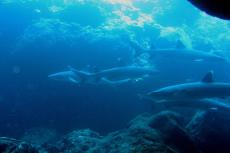How toothed whales use echolocation to hunt
A recent study looked into how toothed whales used echolocation to track their prey.
Can hunting by echolocation be as fast as hunting by sight?
As visual animals, we may find this a peculiar question—not so if one applies it to animals that hunt using echolocation, like bats, dolphins and whales. These animals emit clicking sounds and use the reflected echoes to determine the location of objects and other animals.
Can animals that hunt using echolocation lock onto their prey and track their movements, and how fast can they react? These were questions that an international team of researchers sought to answer.
To find out, they attached sound and movement loggers to six wild harbour porpoises and eight Blainville’s beaked whales. The first group hunted in the shallow waters off Denmark, while the other group comprised deep-diving animals that hunted off the Canary Islands.
Researchers found out that both whale species adapted their clicking rates as they tracked their prey; when giving chase, they might emit as many as 500 clicks per second. They were able to adapt their clicking rate in response to sudden changes in their prey’s position in as fast as 50 to 200 milliseconds.
“Despite the high clicking rates of the whales, their response speeds were similar to visual responses in monkeys and humans, suggesting that their brains may be wired in much the same way as visual animals,” said Heather Vance, a postgraduate student at the Sea Mammal Research Unit, University of St Andrews, Scotland, UK.
Vance is part of the research team and the first author of a paper on this topic published in the eLife journal.




























